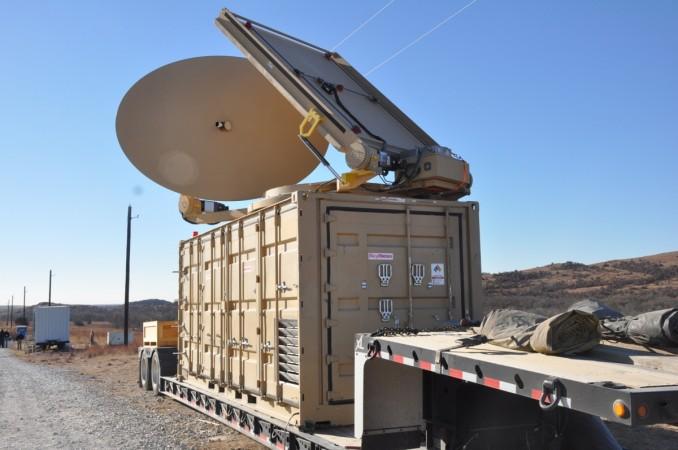The US military, in collaboration with defense contractor Raytheon, is working on the development of two Counter-Unmanned Aerial Systems (C-UAS) — one based on microwaves and another on laser weapon.
As the threat of drones is getting more common than ever, the army is looking for ways to thwart them. This includes commercially available quadcopters that are equipped with cameras and capable of spying or even dropping small ordnance.
In an army field test, the weapons were able to burn through a total of 45 drones as well as a few mortar projectiles, reports Popular Mechanics (PM). Called the Maneuver Fire Integrated Experiment (MFIX), it was carried out to see how effective these weapons are against small drones.

As to why such systems are even needed, the report points a number of recent incidents involving small, rudimentary drones causing a lot of damage to military installations around the world. ISIS drones- small, cheap, and capable of attacking in swarms have caused damage worth billions of dollars to both US and Russian bases in the region. These drones are often commercially sold with minor modifications that can cause great damage when they attack in clusters.
The widespread availability of these drones makes them a permanent fixture in war zones, notes the report. The threat of facing a drone attack- whether in the form of a drone carrying a lone grenade or one packed with explosives on a kamikaze mission is unavoidable.
Raytheon, the makers of these weapons, called the high power microwave (HPM) and high energy laser (HEL), performed as expected in the MFIX. They successfully knocked down 45 different drones of various styles and types as well as six mortar projectiles.
The HPM system, notes the report, was able to attack incoming swarms as well, knocking out two to three drones in one go while the HEL was able to down 12.

The idea is to "soft kill" the drones, says Raytheon. This means targeted drones will not blow up or explode in the air, rather, the laser and microwaves will disable them by burning out their controls and stop them in their tracks. They will then simply drop to the ground. The HPM is specifically designed to thwart multiple drones at once. It can cover a wide portion of the sky at once.
HPM is mounted in a small shipping container like box while the HEL is mounted on an ATV.














